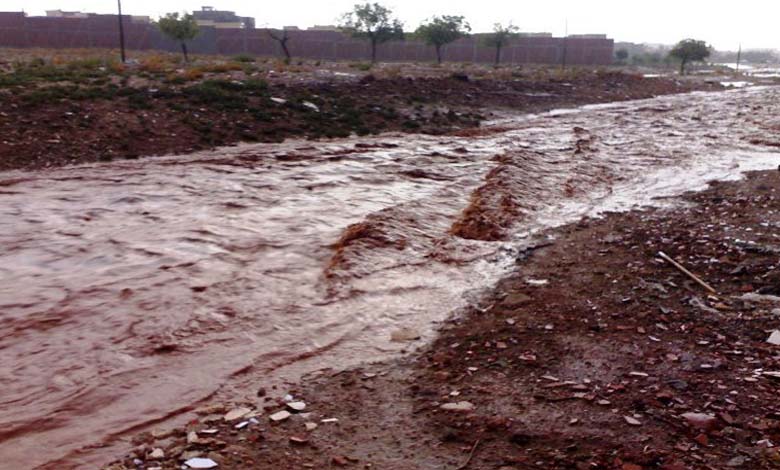Why Is It Important to Deal with Mud Removal After Flooding?

The flooding that Libya recently experienced left tons of mud that clogged the streets and homes in the city of Derna in the eastern part of the country. While rescue teams race against time to remove the destructive effects of this rare event. experts emphasize that mud removal. as seen in the recent Pakistan flood. should receive significant attention.
Where is the residue or tons of mud disposed of after floods?
This question has been raised repeatedly lately, especially after the flooding in Libya.
What is mud?
Mud, or sedimentary soil. is a term commonly used to refer to the deposits carried by floodwaters. These deposits can consist of three types: mud, sand, and gravel.
Experts emphasize that mud removal is a process that should be of great importance to governments and responsible authorities. and they discourage its reintroduction into the riverbed.
In the case of the Libyan flood. the indications are that mud is the major component, and the most suitable place for it after removal is to use it as a soil conditioner for the spread desert lands in the country.
Experts stress that the volume of mud is of utmost importance because it controls how soil is drained during future rainfall and the engineering characteristics of buildings and infrastructure, such as strength .and load-bearing capacity. Its presence can pose a danger to buildings, especially during earthquakes.












